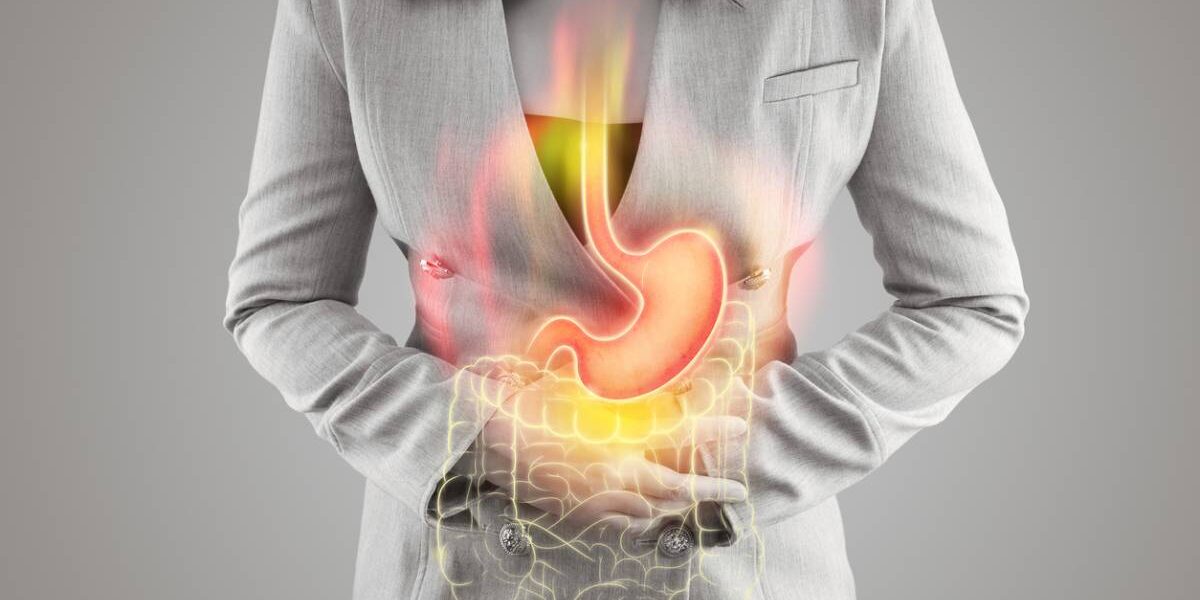Gastroesophageal reflux disease (also commonly referred to as “GERD”) is a common digestive disorder. The condition is characterized by the reflux of stomach acid into the esophagus. This causes a number of unwanted and uncomfortable symptoms. Below you will find the common risk factors for GERD symptoms.
Risk Factors for GERD Symptoms
Roughly 32 million Americans experience GERD symptoms. Roughly 10% of the population experiences symptoms on a daily basis. There are a number of factors that can increase your risk for GERD including non-modifiable and modifiable factors.
Non-Modifiable Factors
Consider the following non-modifiable factors that can increase your risk for GERD.
- Age: The natural aging process comes with a number of bodily changes. These changes can increase your risk for GERD, including a weakened lower esophageal sphincter, reduced saliva production, and slow digestion. Additionally, older adults are more likely to have other health conditions that can contribute to GERD and may be taking medications that increase the risk.
- Sex: Men are more likely than women to develop the condition. Men tend to have larger abdominal cavities which increases the pressure on the stomach. This pressure can contribute to the development of GERD. While the research is preliminary, hormonal differences between men and women have also been found to increase the risk of the condition for men.
- Genetics: Evidence suggests that genetics can play a role in whether you develop GERD. If you have a close family with the condition, your risk of developing the condition is higher.
Modifiable Factors
Consider the following modifiable factors that can increase your risk for GERD.
- Lifestyle: Certain lifestyle choices can increase your risk for the condition. Smoking, drinking alcohol, and certain physical activities can make GERD more likely. Smoking weakens the esophagus which can lead to GERD. Additionally, alcohol consumption can increase your risk for acid reflux which can lead to GERD. While regular exercise is important, certain exercises can increase your risk for GERD, including high-impact activities or exercises that require you to bend or increase pressure on your stomach.
- Diet: Your diet plays a role in your risk for GERD. This is because certain foods can trigger the condition, including spicy or acidic foods. In addition to the type of foods you eat, when and how much you eat can also play a role. Eating large meals and late at night are two key factors.
- Weight: If you are overweight or obese, you are at an increased risk for GERD. This is because excess weight can put extra pressure on your stomach which can ultimately lead to GERD.
Treatment for GERD
GERD can be an uncomfortable condition as it comes with a number of unwanted symptoms. Chest pain, morning hoarseness, trouble swallowing, dry cough, bad breath, and sensations of food being stuck in your throat are common symptoms. In addition to the unwanted symptoms, GERD can cause serious health issues if not addressed. If left untreated, GERD can lead to esophagitis, dental issues, respiratory issues, and sleep disturbances. It’s important to seek treatment from a hepatology specialist right away.
Gastroesophageal reflux disease treatment varies from patient to patient and depends on the severity of the condition. In many cases, under the guidance of a medical professional, lifestyle modifications can improve the condition. Lifestyle changes may also be accompanied by certain medications that can be helpful in managing the condition. If these approaches do not improve the condition, surgical intervention may be necessary. However, this is after less invasive options have been exhausted. If you suffer from the symptoms associated with GERD, it’s important to talk with a medical professional right away.



